1. Seattle, Washington – Promised: Coffee, Culture, and Careers
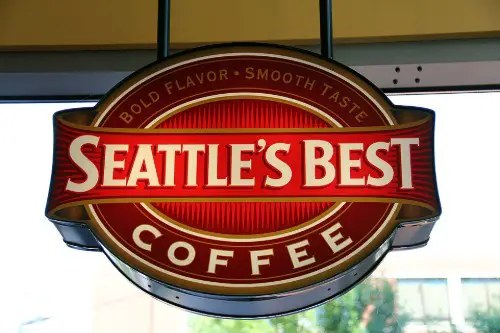
Seattle was the birthplace of grunge, Starbucks, and Amazon. It offered a mix of creativity and corporate clout, with stunning natural surroundings. The city felt smart, green, and forward-thinking. It was a place where you could build a career and still kayak after work.
But tech growth has brought skyrocketing rents, traffic, and a widening wealth gap. The city’s progressive politics clash with its economic realities. The rain still falls, but so does the mood for many residents. Seattle’s promise is intact—but it’s harder to reach.
2. Portland, Oregon – Promised: Progressive Utopia
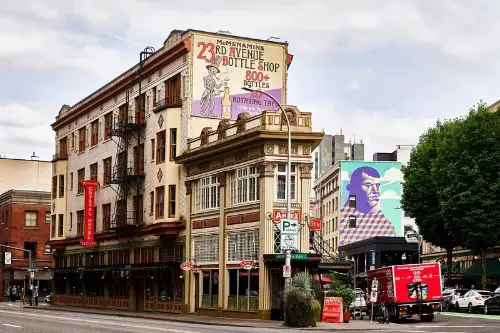
Portland built its brand on sustainability, inclusivity, and indie everything. It was the place where you could bike to your organic coffee shop and debate urban planning over craft beer. Shows like Portlandia turned it into a cultural caricature, but also a destination. People moved there for values as much as vibes.
But the city has struggled with rising homelessness, political unrest, and affordability issues. Some newcomers feel disillusioned by the gap between ideals and reality. The progressive spirit is still strong, but it’s facing real-world stress tests. Portland’s promise is still there—but it’s more complicated than the brochure.
3. San Francisco, California – Promised: Innovation and Opportunity
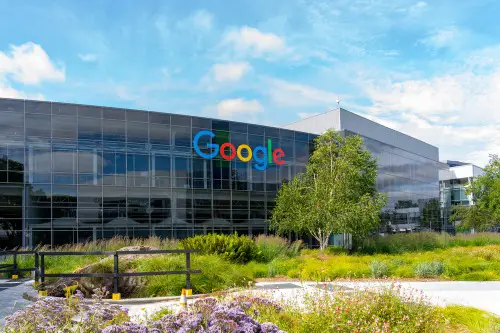
San Francisco was once the crown jewel of the American tech dream. It offered high-paying jobs, stunning views, and a progressive ethos. For decades, it attracted dreamers, coders, and creatives alike. The city felt like the future.
But sky-high rents, wealth inequality, and a hollowed-out middle class have changed the narrative. Many can’t afford to live there, and those who can often feel isolated. The innovation is still there—but so is the tension. San Francisco delivered success, but not always the quality of life that was promised.
4. Detroit, Michigan – Promised: A Comeback Story
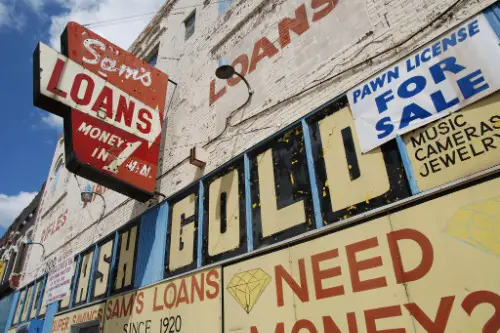
Detroit was once the symbol of American industry, then the poster child for urban decline. In the 2010s, it rebranded as a city on the rise—cheap real estate, a growing arts scene, and a gritty, resilient spirit. Young people moved in, startups took root, and hope returned. It felt like a second chance.
But the recovery has been uneven, with revitalization concentrated in a few neighborhoods. Many longtime residents still face poverty, underfunded schools, and limited services. The comeback is real—but it’s not universal. Detroit’s promise depends on where you stand.
5. Miami, Florida – Promised: Sunshine and Startup Culture
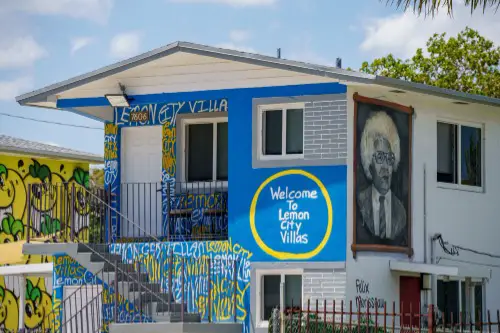
Miami pitched itself as the next big tech hub, especially during the pandemic when remote workers fled high-cost cities. With no state income tax, palm trees, and a growing crypto scene, it felt like the future in flip-flops. Influencers and investors alike flocked to the Magic City. It was the anti-Silicon Valley.
But the city’s infrastructure, housing market, and climate risks haven’t kept pace. Rising sea levels, gentrification, and a fragile economy have exposed cracks in the dream. Miami still dazzles—but it’s not always sustainable. The sun shines bright, but the shadows are real.
6. Denver, Colorado – Promised: Nature and Work-Life Balance
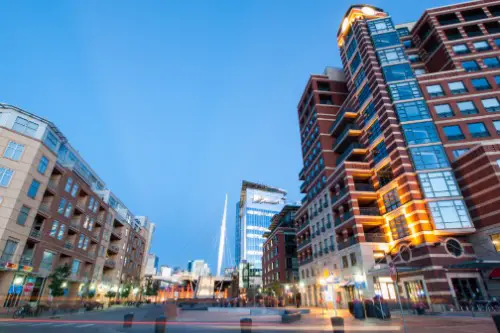
Denver promised the best of both worlds—urban energy and outdoor adventure. With booming industries, legal cannabis, and the Rockies in your backyard, it became a millennial magnet. People moved for the lifestyle, not just the paycheck. It was supposed to be chill, healthy, and balanced.
But rapid growth has strained housing, traffic, and affordability. The city’s laid-back vibe is harder to maintain when you’re priced out of your neighborhood. Nature’s still there—but it’s not always easy to access when you’re working two jobs. Denver delivered beauty, but not always balance.
7. Austin, Texas – Promised: Tech Boom and Live Music Paradise
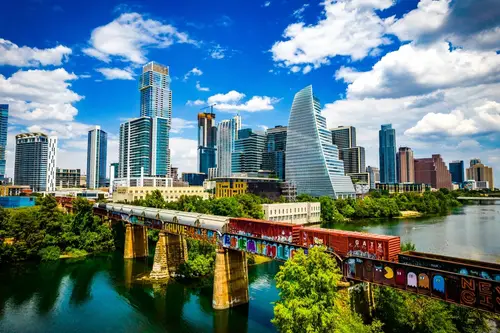
Austin sold itself as the perfect blend of Silicon Valley innovation and laid-back, artsy charm. With no state income tax, a booming job market, and a legendary music scene, it became a magnet for young professionals and creatives. “Keep Austin Weird” was more than a slogan—it was a lifestyle. People came for opportunity and stayed for the tacos.
But the influx drove up housing prices, clogged the highways, and diluted some of the city’s quirky soul. Longtime residents complain that Austin feels more like a tech campus than a cultural haven. The music scene is still alive, but it’s harder to afford to live near it. The dream’s not dead—but it’s definitely more expensive.
8. Nashville, Tennessee – Promised: Music City Magic
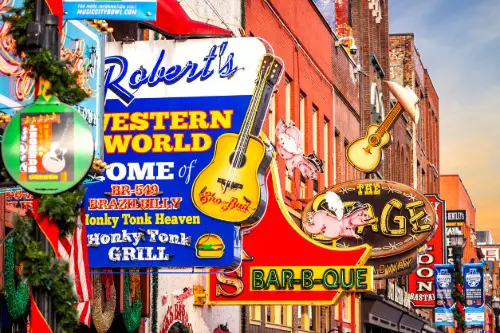
Nashville marketed itself as more than just country music—it was a creative hub with Southern charm and a growing economy. It attracted musicians, entrepreneurs, and transplants looking for a fresh start. The food scene exploded, and the skyline followed. It was cool without trying too hard.
But rapid growth has brought congestion, rising costs, and cultural tension. Some locals feel the city’s soul is being sold off to developers and bachelorette parties. The music’s still playing—but it’s harder to hear over the construction. Nashville delivered buzz—but it’s struggling to keep its balance.
9. Phoenix, Arizona – Promised: Affordable Living and Endless Sun
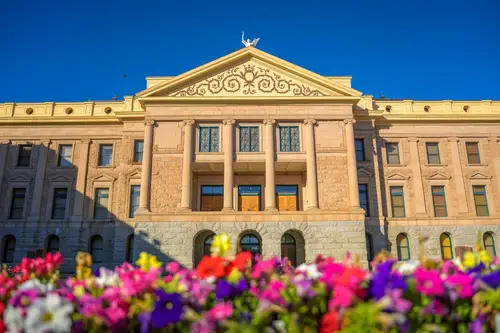
Phoenix offered sunshine, space, and affordability—a desert escape from high-cost coastal cities. Retirees, remote workers, and families flocked there for a fresh start. The promise was simple: a better life for less. And for a while, it delivered.
But climate change, water scarcity, and sprawl are catching up. Summers are brutal, and infrastructure is under pressure. The cost of living is rising, and the dream is getting harder to sustain. Phoenix still shines—but it’s heating up in more ways than one.
10. Atlanta, Georgia – Promised: Black Excellence and Economic Growth
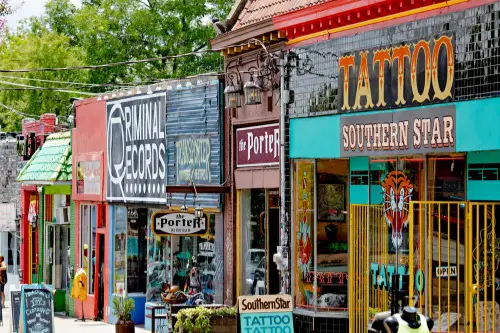
Atlanta positioned itself as a cultural and economic powerhouse, especially for Black professionals. With major companies, a thriving music scene, and rich civil rights history, it felt like a city of opportunity. It was dubbed the “Black Mecca” for a reason. People came to build, connect, and thrive.
But gentrification, traffic, and inequality complicate the picture. Not everyone shares in the city’s prosperity. The promise is real—but unevenly distributed. Atlanta still inspires—but it’s not immune to growing pains.
11. Minneapolis, Minnesota – Promised: Progressive Values and Quality of Life

Minneapolis was known for its parks, bike lanes, and civic-minded culture. It ranked high on livability indexes and felt like a model of Midwestern progressivism. People moved for the schools, the lakes, and the sense of community. It was quietly idealistic.
But the murder of George Floyd and the unrest that followed exposed deep racial and economic divides. The city is still reckoning with its identity and future. The promise of progress remains—but it’s under pressure. Minneapolis is evolving—and not everyone agrees on the direction.
12. Las Vegas, Nevada – Promised: Reinvention and Opportunity
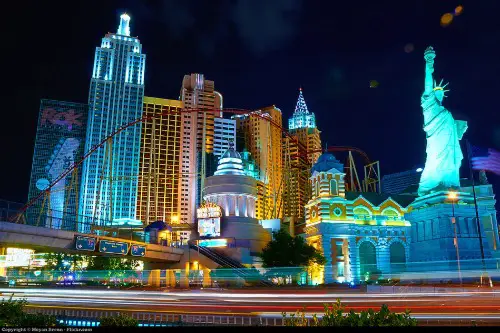
Vegas has always been about reinvention—what happens there stays there, and anyone can start over. Beyond the Strip, it promised affordable housing, jobs, and a surprisingly strong sense of community. It was more than casinos—it was a blank slate. People came to escape and rebuild.
But the city’s economy is vulnerable to tourism swings and climate extremes. Water shortages and rising costs are testing its resilience. Vegas still dazzles—but it’s not immune to reality. The dream is still alive—but it’s more fragile than it looks.
13. New Orleans, Louisiana – Promised: Culture, Resilience, and Soul
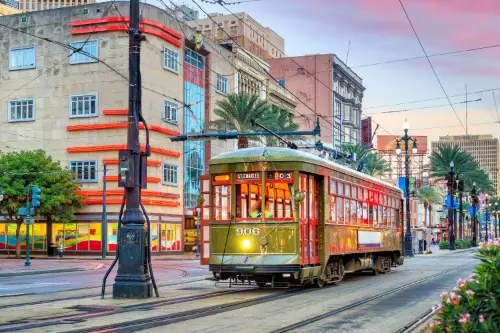
New Orleans promised something few cities could: authenticity. With its music, food, and deep-rooted traditions, it felt like a place where culture came first. Even after Katrina, the city’s spirit endured. People moved there for meaning, not just money.
But the challenges are real—climate threats, economic instability, and a fragile infrastructure. The magic is still there, but it’s under constant strain. New Orleans delivers soul—but it asks a lot in return. Living there is a love story—with all the heartbreak that implies.
14. Boise, Idaho – Promised: Simplicity and Safety
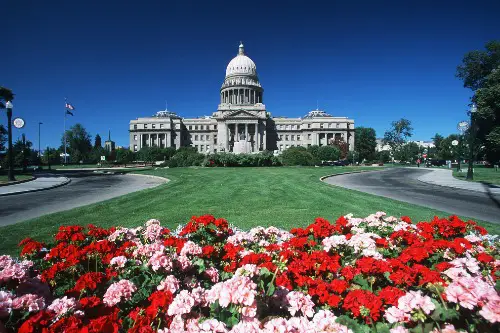
Boise quietly became a hotspot for people fleeing big-city chaos. It promised clean air, friendly neighbors, and a slower pace of life. The outdoors were right there, and the cost of living was manageable. It felt like a well-kept secret.
But the secret’s out, and the city is changing fast. Housing prices have soared, and tensions between locals and newcomers are rising. Boise still offers peace—but it’s not as simple as it used to be. The promise remains—but it’s no longer under the radar.
This post 14 U.S. Cities That Promised a Better Life—And What They Actually Delivered was first published on American Charm.


